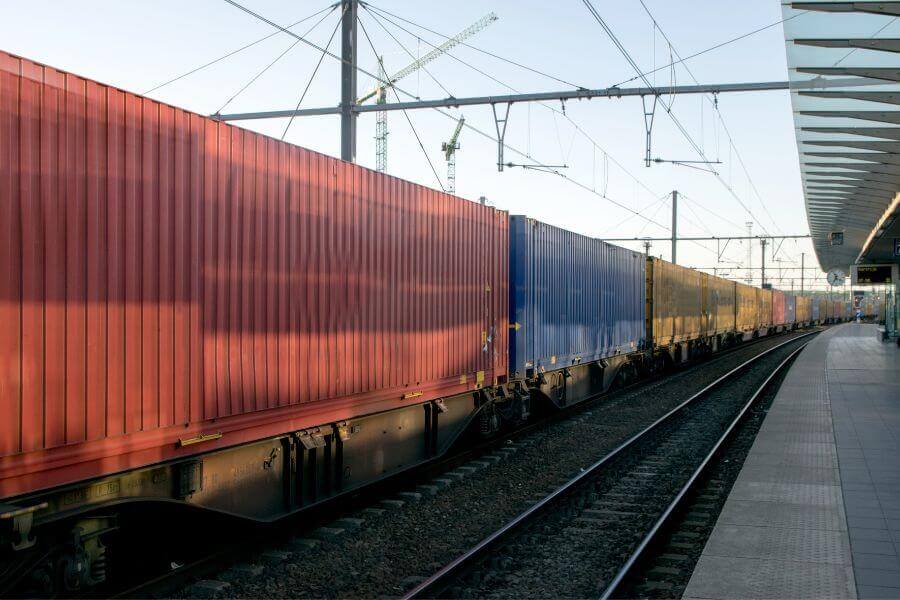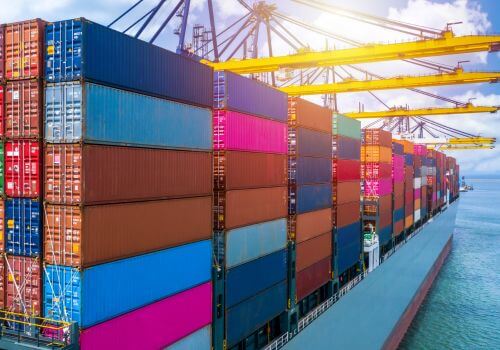Multimodal transportation is a key concept in the modern logistics industry. It refers to the movement of goods using two or more different modes of transport under a single contract or bill of lading. This approach to shipping has become increasingly important as global trade continues to expand and businesses seek more efficient ways to move their products across long distances.
What is multimodal transportation in logistics?
Multimodal transportation involves using multiple forms of transport to move goods from their origin to their final destination. This can include any combination of road, rail, sea, and air transport. The key feature of multimodal transport is that it’s all managed under one contract, with a single company taking responsibility for the entire journey.
How does multimodal transportation work?
Multimodal transportation involves moving goods through several stages, using different modes of transport, all managed under one contract. Here’s how it typically works:
- Collection: The process begins with the goods being picked up from the sender’s location, usually by truck. This is the first leg of the journey.
- Main Transport: The goods are then transferred to the primary mode of transport, such as a ship, train, or airplane. This stage covers the longest distance in the journey.
- Distribution: Once the main transport is completed, the goods are transferred again—often to trucks—for the final delivery to the recipient’s location.
Throughout these stages, goods may be handled and transferred between different modes of transport multiple times. However, from the customer’s perspective, everything is managed as a single, seamless operation under one service provider. This streamlined process simplifies logistics for businesses and ensures efficient movement of goods across various distances and regions.
What are the different types of multimodal transportation?
Multimodal transportation involves combining different modes of transport to move goods efficiently. Here are some common types:
Sea and Land: Goods are shipped by sea over long distances, then transferred to trucks or trains for inland delivery.
Air and Land: For faster deliveries, goods are flown to an airport near the destination and then transported by truck to the final location.
Rail and Road: This combination uses trains for long-distance transport and trucks for local distribution, balancing speed and flexibility.
Sea, Rail, and Road: Often used for international shipments, this method involves shipping goods by sea, transporting them by rail across land, and completing the journey with trucks for local delivery.
Each type of multimodal transport is chosen based on factors like cost, speed, distance, and the nature of the goods being shipped.
What are the benefits of multimodal transportation?
Multimodal transportation offers several advantages for businesses and the logistics industry.
Improved efficiency
By using the most suitable mode of transport for each part of the journey, multimodal transport can significantly reduce transit times. For example, using trains for long-distance transport and trucks for local delivery combines the speed of rail with the flexibility of road transport.
Cost savings
Multimodal transport often leads to lower overall shipping costs. By optimizing the use of different transport modes, companies can take advantage of the most cost-effective options for each leg of the journey.
Simplified management
With a single contract covering the entire journey, multimodal transport simplifies the shipping process for businesses. They only need to deal with one transport operator, reducing paperwork and coordination efforts.
Reduced risk
Using multiple modes of transport can help spread the risk of delays or disruptions. If one mode of transport is affected by issues like bad weather or strikes, it’s often possible to switch to alternative modes.
Environmental benefits
Multimodal transport can be more environmentally friendly than relying solely on road transport. Using trains or ships for long-distance transport typically results in lower carbon emissions per unit of cargo.
Increased flexibility
Multimodal transport offers more options for routing and scheduling, allowing businesses to adapt to changing circumstances or customer needs more easily.
In summary, Multimodal Transportation in logistics is the movement of goods using two or more types of transport (like trucks, ships, or trains) under a single contract for a smooth and efficient delivery.







